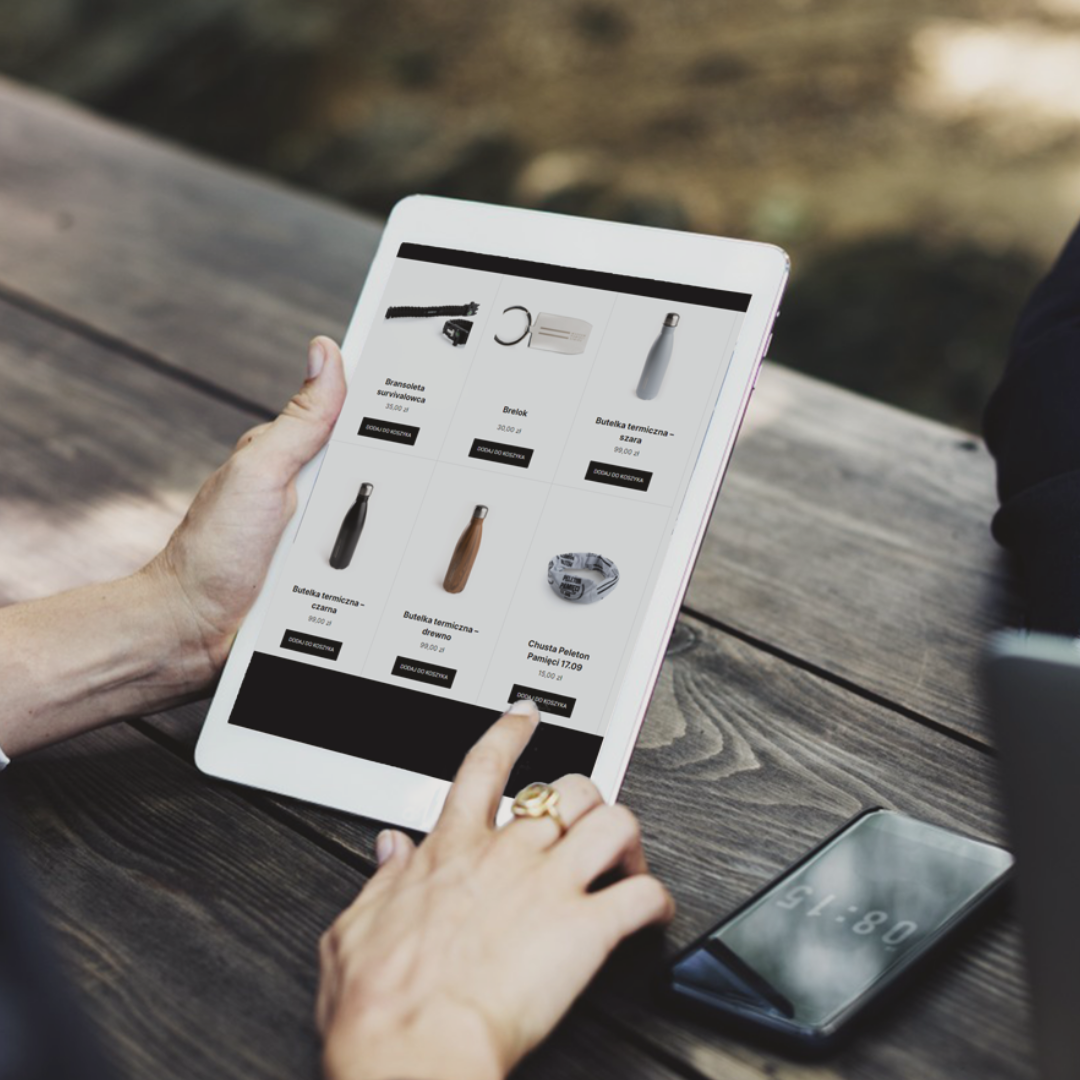Before the war, Jan Wojtasiewicz was a judge and Kazimiera was a teacher. The Wojtasiewicz family was deported on April 13, 1940 from Lviv to the Semipalatine District in Kazakhstan.
The Sikorski-Mayski Agreement, signed in July 1941, resulted, among other things, in the announcement of the “amnesty” for Polish citizens residing (among others as a result of deportation) in the USSR. A chance for evacuation from the “inhuman land” was joining the Polish armed forces formed by General Anders.
Together with Anders’ Army, those unable to serve in the army, including women and children, tried to leave the Soviet Union. In the sense of the last chance to save and regain freedom.
— My father got to Buzuluk, where the Anders Army was being forming, — said Jan Wojtasiewicz’s daughter, Renata Halina Iwanowska, during the meeting at the Sybir Memorial Museum. — My mother and I stayed there because I was very ill and had a blood transfusion. Then, with a sick child, my mother had to get to the port of Krasnovodsk, to the ship. It was the last chance, but formal conditions had to be met. Everyone prayed for the Caspian Sea to be calm… — the Sybirak recalled.
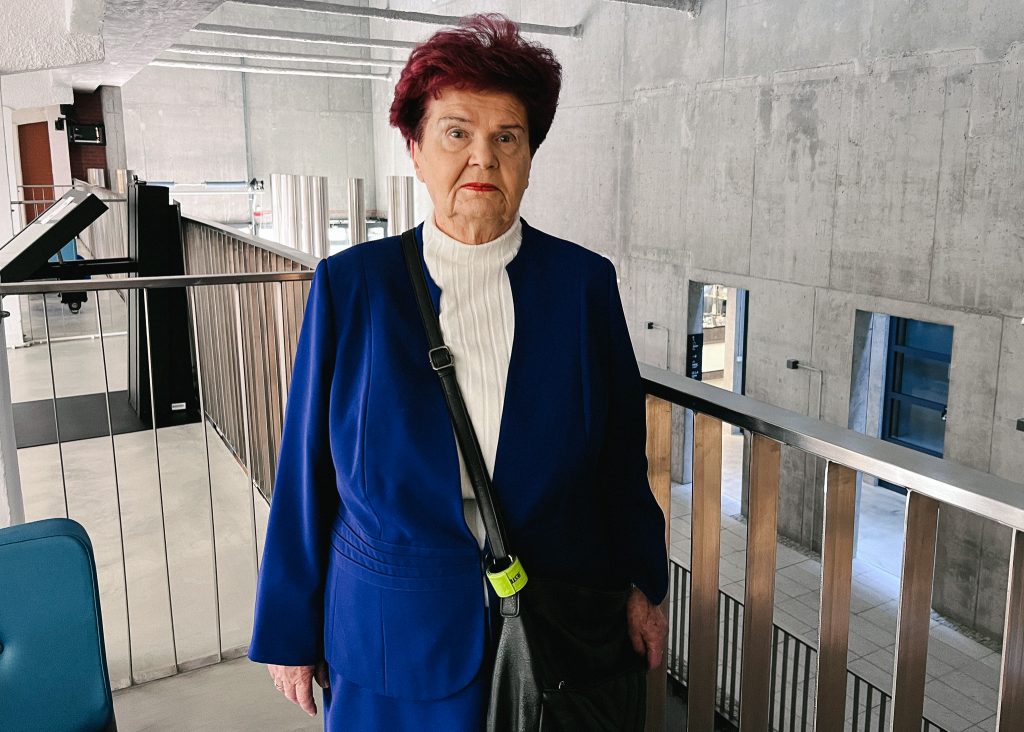
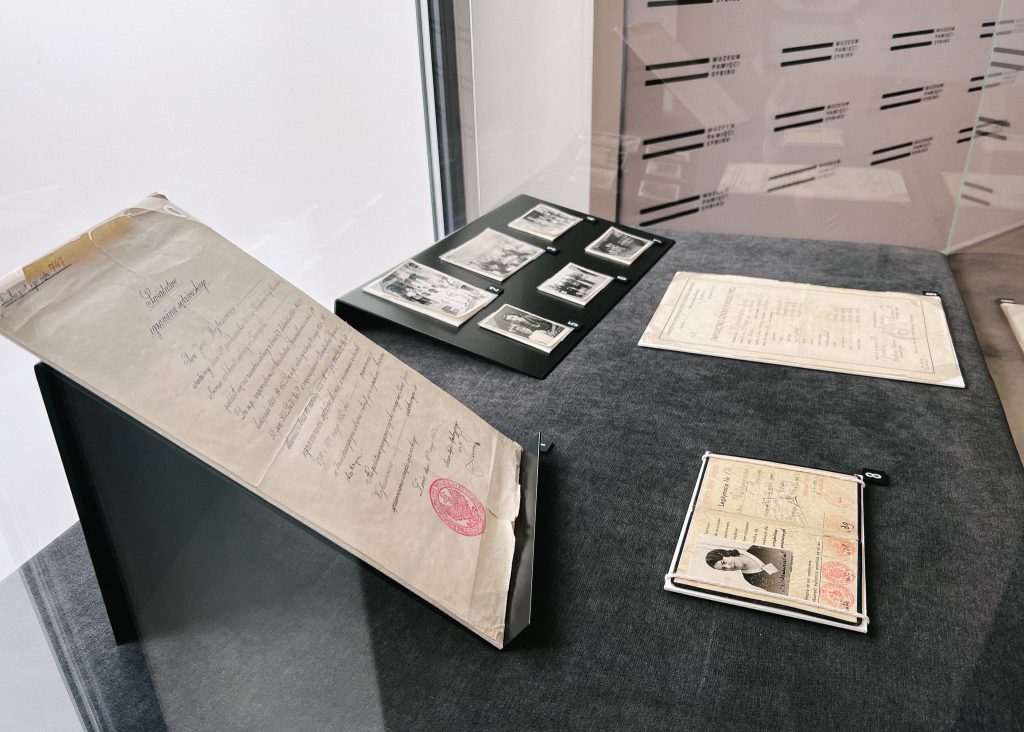
The cruise ended happily, Kazimiera and little Renata reached Persia. The girl underwent surgery. — We went to Tehran. There were many children among us, many orphans. Everything was done to make them learn Polish and make Polish patriots out of them. My mother started teaching.
The next stage of the journey was Palestine. — We ended up in En Kerem, this is the meeting place of the Mother of God with St. Elizabeth, there is the church of St. John the Baptist and the monastery. When the Franciscans saw how many children there were, they donated one of the buildings for a Polish school. I went to a kindergarten there, but there was also a high school. Education was at a high level — said Mrs. Iwanowska.
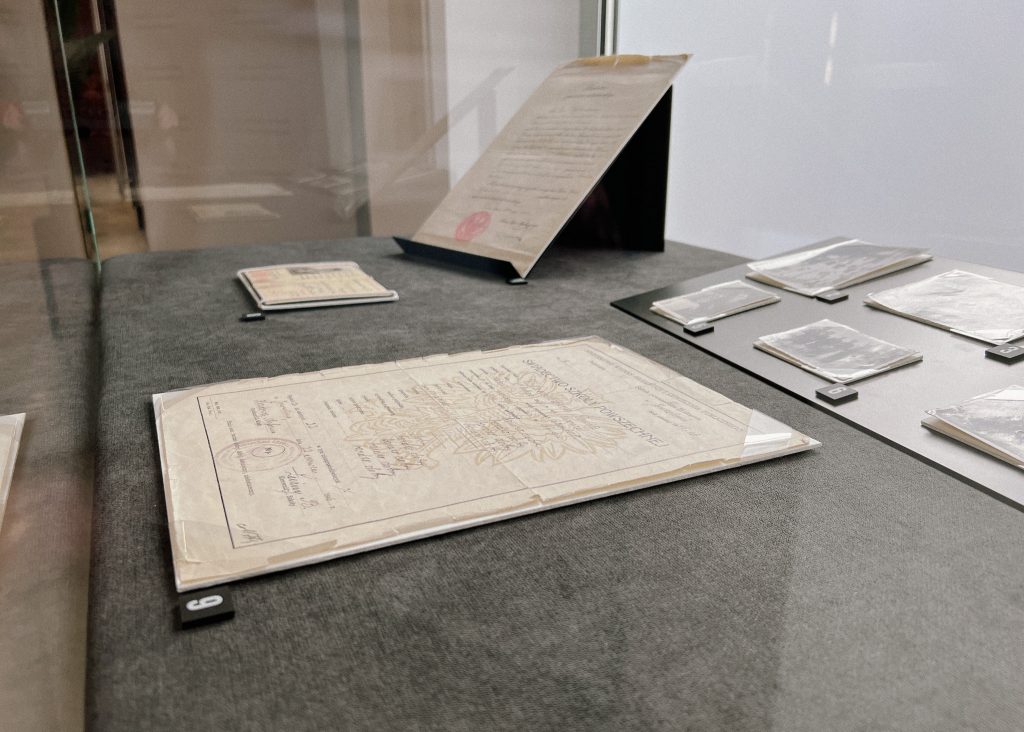
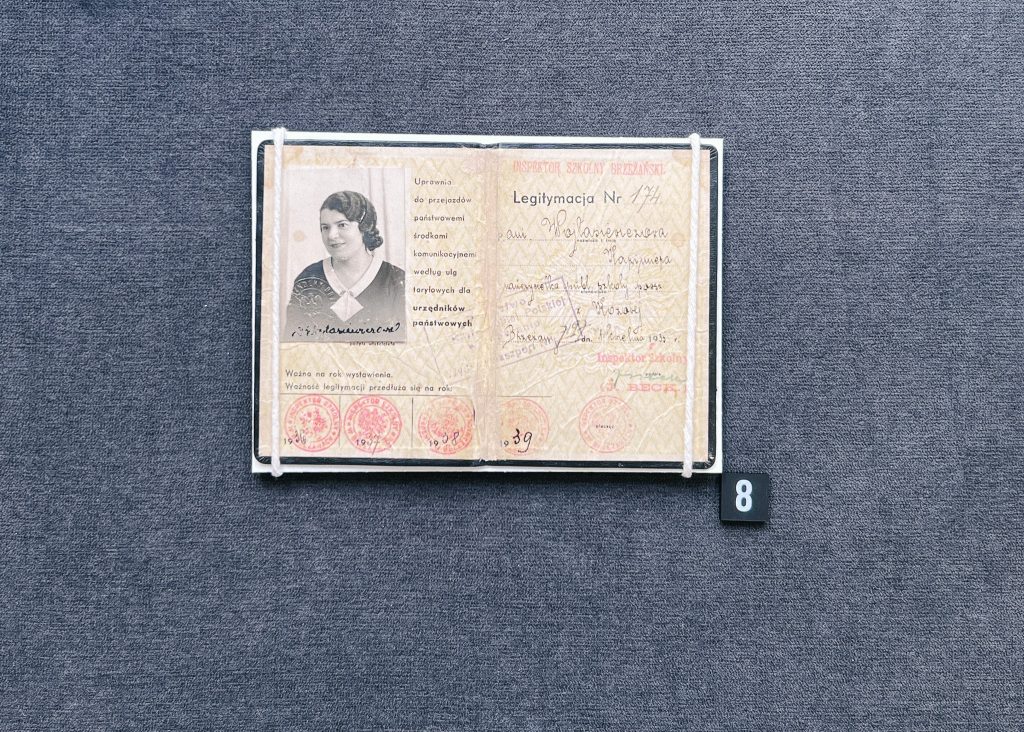
— From there I went to Jerusalem. There I finished the first and second grade, I was prepared for the First Holy Communion, which I received in the Upper Room. We took part in the Way of the Cross following in the footsteps of the Lord Jesus, we were pouring flowers during the Palm Sunday. Me too, in a Cracow costume — she said, handing over photos to the young people present at the meeting.
— We were taught that we were Poles and we had to stick together — emphasized the Sybirak.
After the outbreak of the Israeli-Arab conflict, Polish refugees from Palestine were transferred to Egypt. — We lived in a camp in the desert, in tents. From Egypt we sailed to England, to Liverpool. My mother’s sister came to pick us up. I ended up in an English school run by the Sisters of Charity, — she continued.
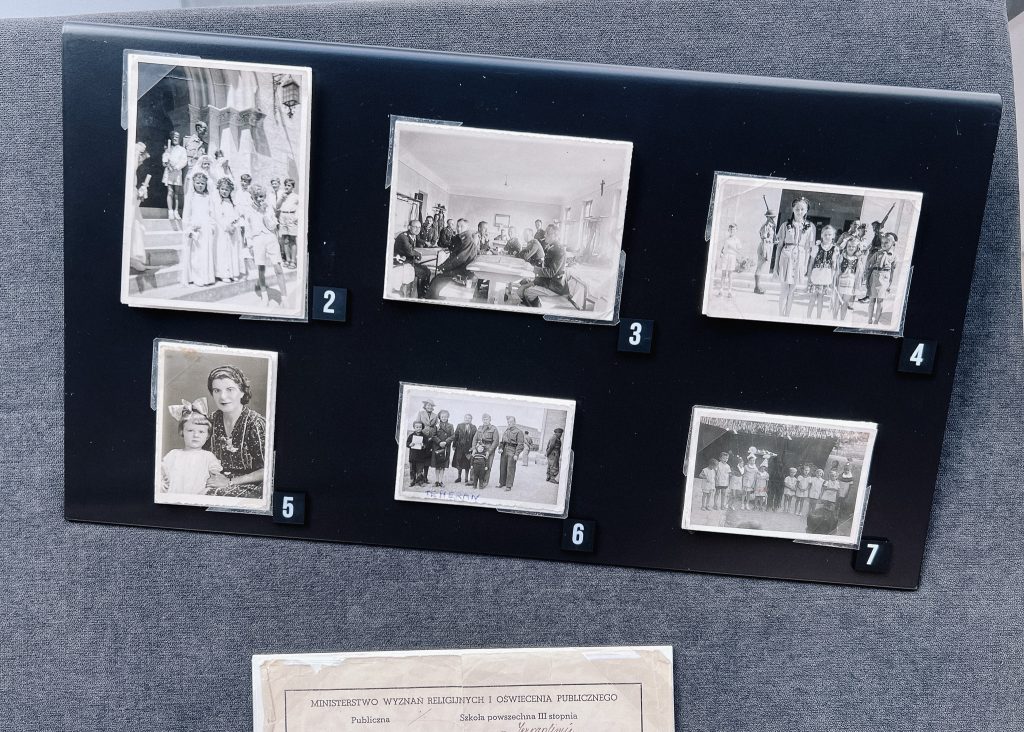
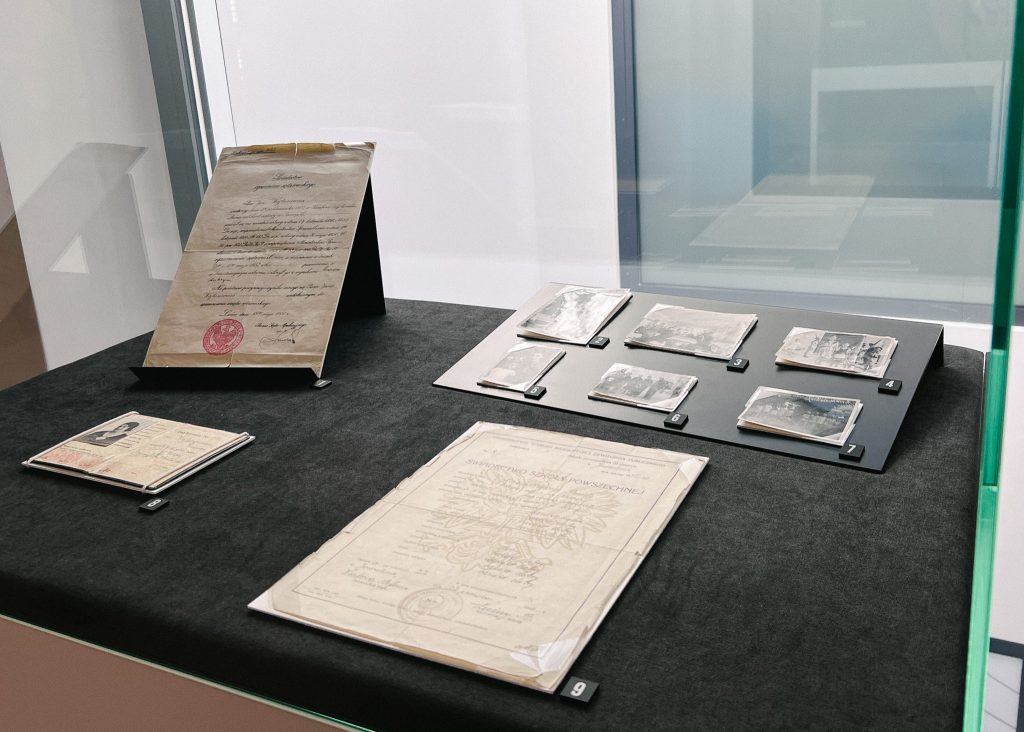
Jan Wojtasiewicz died in England. — My mother and I, we were left alone. In 1947, my mother’s brother, a professor from the Warsaw clinic, came to England as a consultant for a medical conference. With him, we returned to Poland on the beautiful ship “Batory” — Renata Halina Iwanowska concluded her story.
Those who came to the meeting with the Sybirak surrounded the display case with objects donated by her to the collection of the Sybir Memorial Museum with interest.
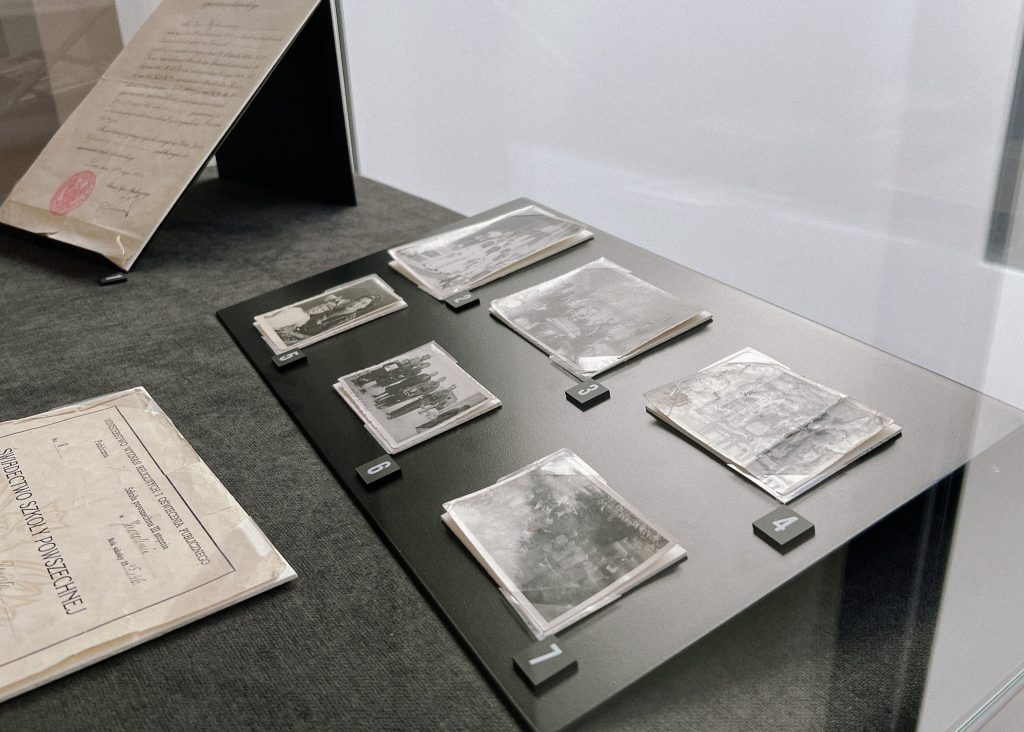
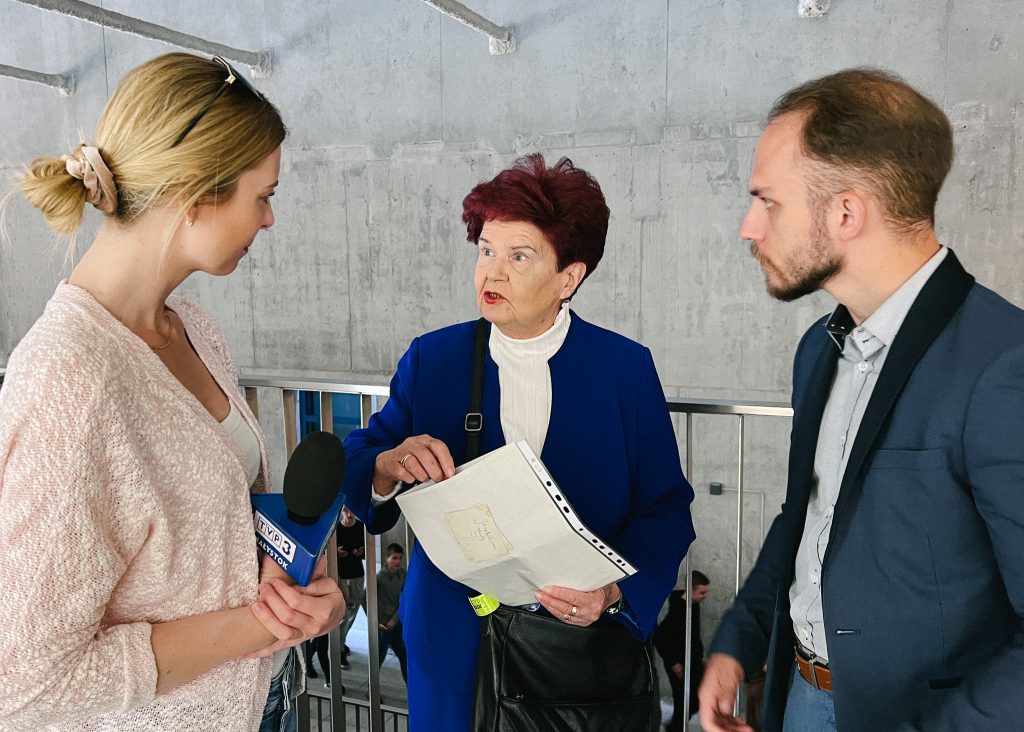
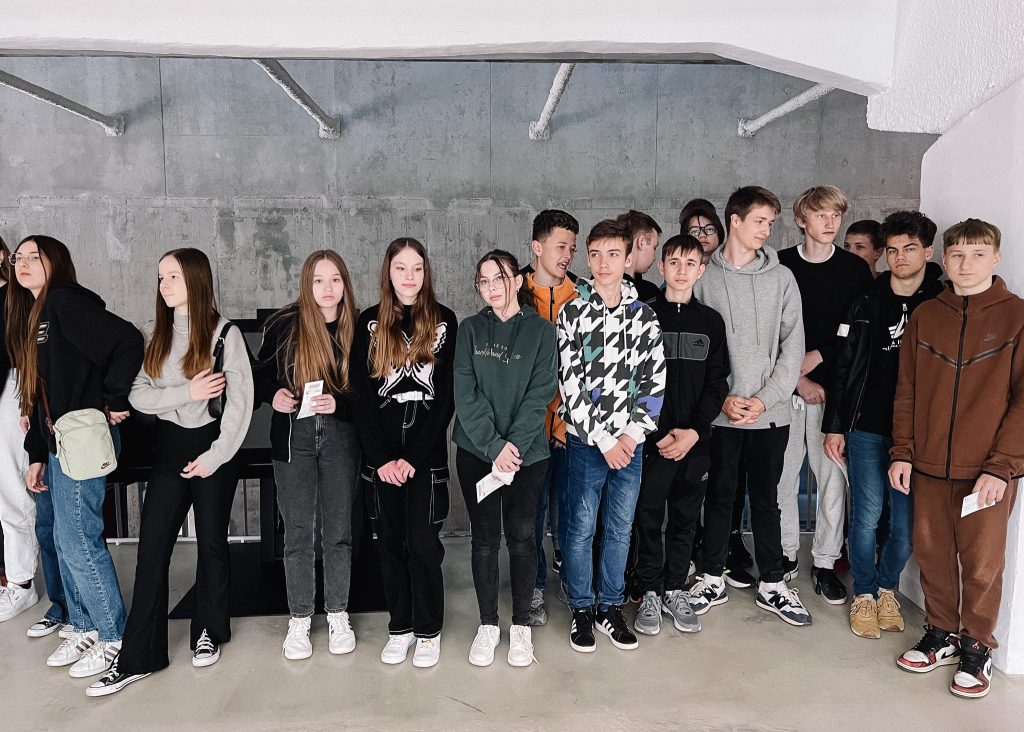
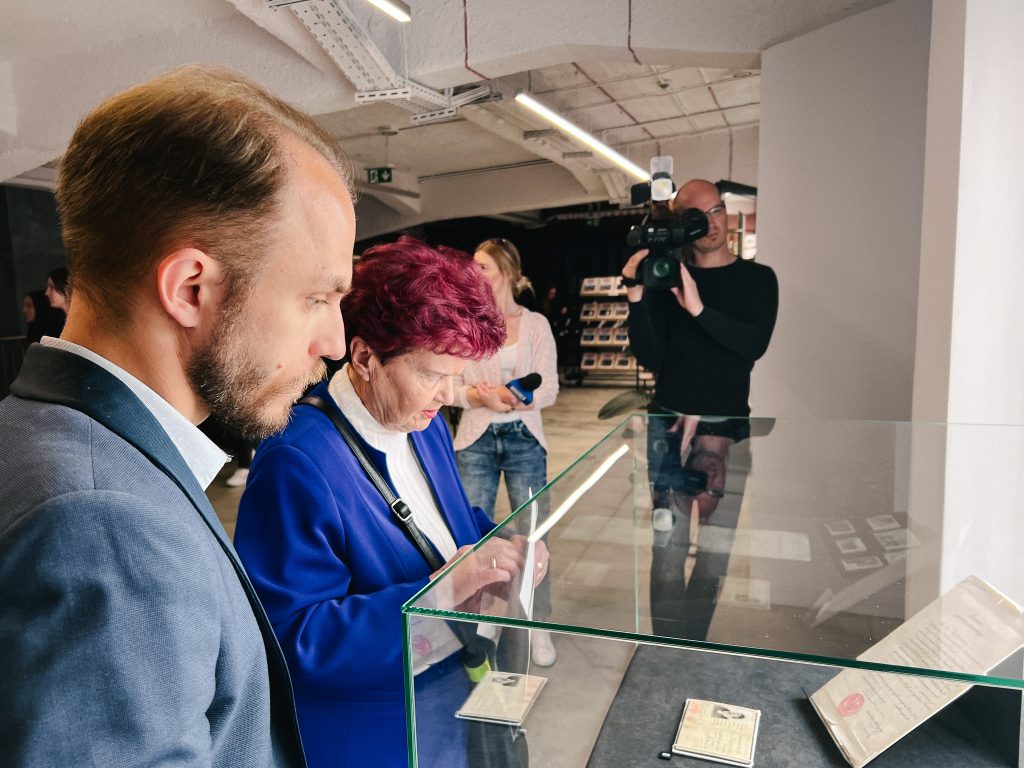
The resources of the Sybir Memorial Museum include unique exhibits. We keep getting more and more and for all of them we are immensely grateful. In order to show the generosity of our donors and emphasize how the donated gifts enable us to tell the complex history of Polish Siberia, every month we reach for mementos related to the individual fate of the deportees.
The story of each donor or his/her relatives is a particularly valuable testimony, which is why we are always grateful to people who come to us for the inauguration of the Exhibit of the Month and share the story of their family.
Mementos of the Wojtasiewicz family can be seen in the upper hall of the Sybir Memorial Museum until June 13. Free admittance. You’re welcome!




